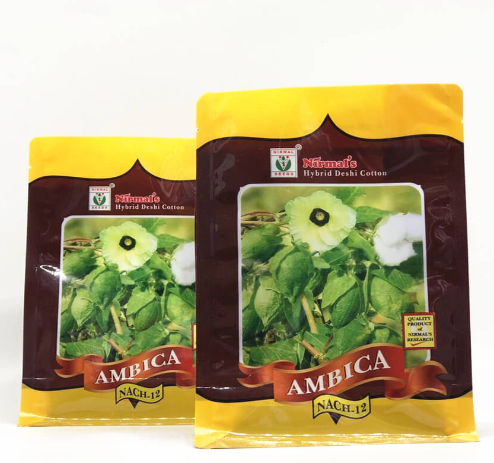Food is closely related to human health, and the hygiene and safety of food is also the most concerned by people, so the requirements for food packaging are also very strict. In the field of food packaging, plastic composite flexible packaging accounts for a considerable proportion. Relevant experts have clearly pointed out the new direction for the development of flexible food packaging in the future: to improve the performance of existing plastics, develop new varieties, improve strength and barrier properties, reduce dosage (thick wall), reuse, classify and recycle to protect the environment.
New high-barrier plastics have been widely used
This packaging material can not only enhance the protection function of food, but also reduce the amount of plastic and can even be reused. For processed foods that require high barrier protection, as well as vacuum packaging, inflatable packaging, etc., composite materials are generally used for packaging, and there must be more than one layer of high barrier materials in the multi-layer composite material. Commonly used high barrier materials are aluminum foil, nylon, polyester, etc. With the improvement of food protection requirements, ethylene-vinyl alcohol copolymers and polyvinyl alcohols with better barrier properties have also begun to be used. At present, PEN (polyethylene naphthalate), which is developed and used in a small amount in developed countries, brings many advantages to food packaging. The chemical structure of PEN is similar to that of PET (polyethylene terephthalate), but its rigidity is greatly improved, its oxygen barrier and water resistance are several times higher than PET, and it has good ultraviolet absorption and low gas adsorption. Food does not leave odor and can be reused.
Inorganic high barrier microwave food packaging materials will become the new favorite
With the acceleration of the pace of life, food packaging that can be directly used for microwave heating has become a new hot spot in the development of the packaging field. Due to the shortcomings of current packaging made of composite materials of aluminum foil and some plastics, which are opaque, difficult to recycle, and cannot be used for microwave processing, SiOx-plated materials developed in recent years can be used as a substitute. SiOx is a thin layer of silicon oxide plated on PET, PA, PP and other substrates. It not only has better barrier properties, but also has excellent atmospheric environment adaptability. Its barrier properties are almost unaffected by changes in ambient humidity and temperature. SiOx coating has high barrier properties, high microwave permeability, and transparency. It can be used for flexible packaging of microwave-processed food, and can also be made into packaging containers for beverages and edible oils. It has been used in my country. The cost of SiOx coating is high, and the mass production technology is not perfect, but due to its special properties, it will become an important packaging material in this century.
The application of active packaging technology will become a trend
Active packaging technology involves the interaction between the packaging and the gas and food inside the packaging. Active packaging can effectively maintain the nutrition and flavor of food. Active packaging technology has developed rapidly in recent years due to advances in material science, bioscience and gas packaging. Such as deoxygenation active packaging, sterilization active packaging, etc. Among them, sterilization active packaging is a system in which active sterilization substances are combined with packaging materials. Substances such as sorbitol, sorbate, sodium benzoate, and silver zeolite are added to the materials for manufacturing packaging containers, and then they are manufactured and processed into containers. , so that it slowly releases the sterilizing active ingredients. Active packaging is mainly used in food packaging. Compared with the physical method of blocking gas, water vapor and light in the past, it plays an active and active role in extending the shelf life of food and can provide better protection. Therefore, active packaging as an intelligent technology is being widely developed and applied.

In active packaging materials, in order to control the specific gas in the package, chemical substances that can absorb or release the specific gas are used. Its functional system includes the use of bactericides, deoxidizers, odor absorbers or release agents, light blockers, anti-fogging agents, anti-sticking agents, stabilizers and enzyme inhibitors. Other systems for active packaging that have been realized or will be realized include: anti-oxidative films, odor absorption and release systems, anti-adhesion films, anti-fog films, light blocking and light conditioning components, etc. Active packaging is seen as a revolutionary change in the packaging industry.

